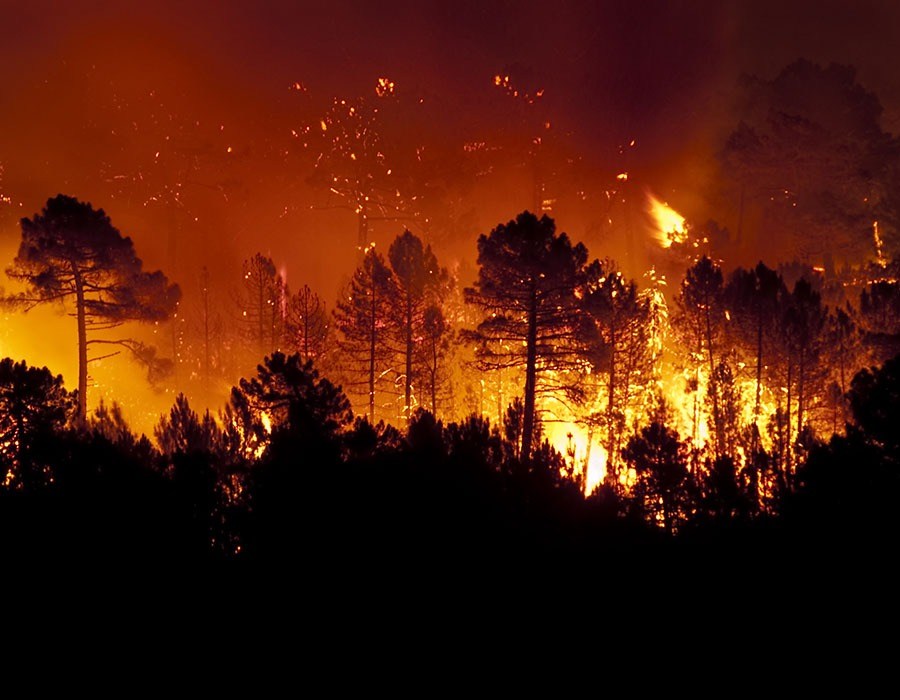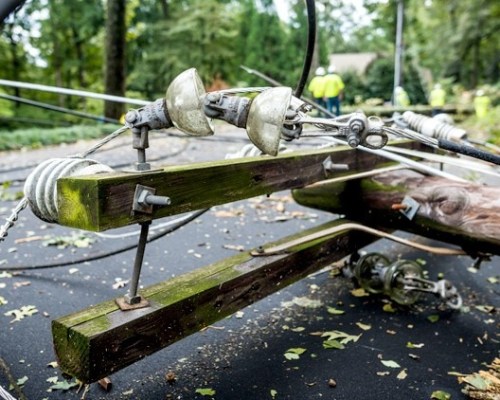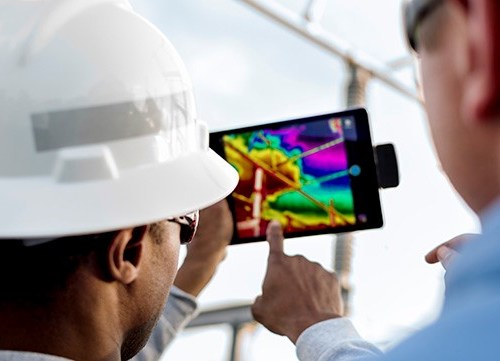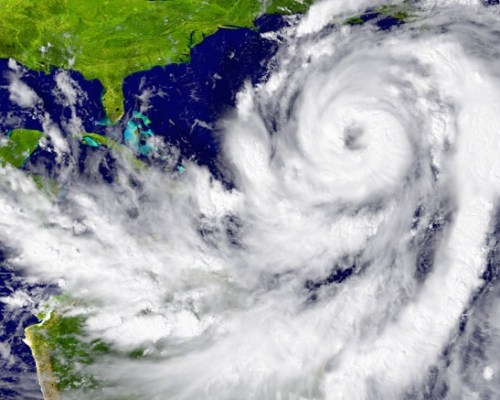Wildfire Emergency Preparedness
Not all natural disasters cause unplanned power outages. In areas at high risk for wildfires, public safety power shutoffs are often used to proactively reduce the electric system from becoming the source of ignition in high-risk areas. That makes resiliency planning, monitoring and restoration a high priority for organizations with critical operations. Here’s how you can help better ensure you stay powered up when the grid is down.

How to prepare for a wildfire
Depending on wind and weather conditions, public safety power shutoffs (PSPS) in high-risk areas can last for minutes, hours, days or even weeks – and the impact to businesses and local governments can be significant. That’s why creating a wildfire emergency business plan is critical to the success of your business today and for years to come.
If you act today, you can reduce the effects of a power outage before the next one occurs – all while doing your part to minimize your impact on the environment. Because when it comes to wildfires, acting proactively instead of reactively can make all the difference.
Sustainable solutions for your wildfire emergency preparedness plan
01
Energy storage
When paired with solar panels, a battery energy storage system can allow your business to store energy from the grid at once so you can use it at a later time. That means your solar panels can recharge the battery energy storage system when the grid is down, allowing your facilities to continue to operate independently until service is restored.
02
Microgrid
Worried about losing power with multiple facilities? A microgrid can provide the backup power you need for a few buildings or a small community. Like battery energy storage, a microgrid continues to use local energy sources, which allows an entire campus to operate independently from the grid during a power outage.
03
24/7 monitoring
Let microgrids and other resiliency solutions give you peace of mind knowing you have experienced round-the-clock professional support letting you know how your facilities and power supply are doing in real time before, during and after power shutoffs. In doing so, you’ll be better prepared to shift your response and recovery strategy in real time.
Related Resources




